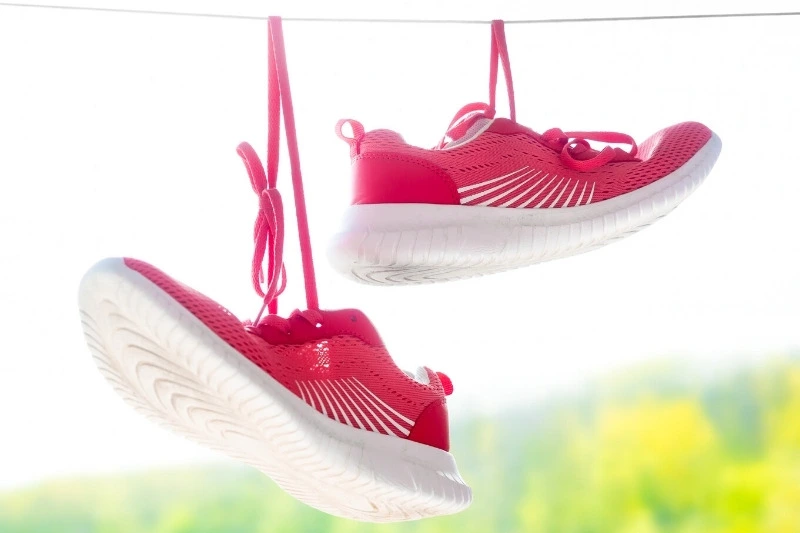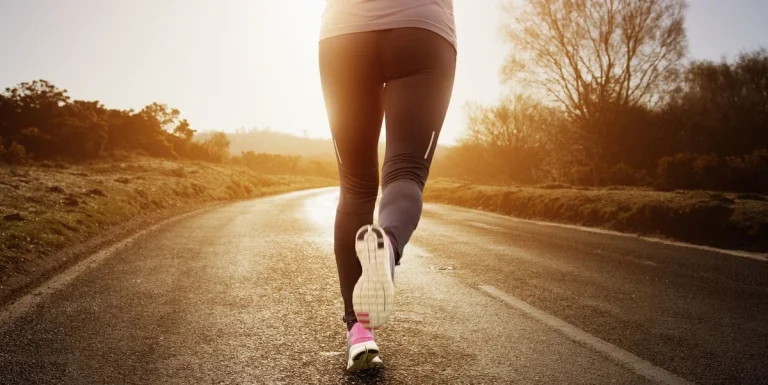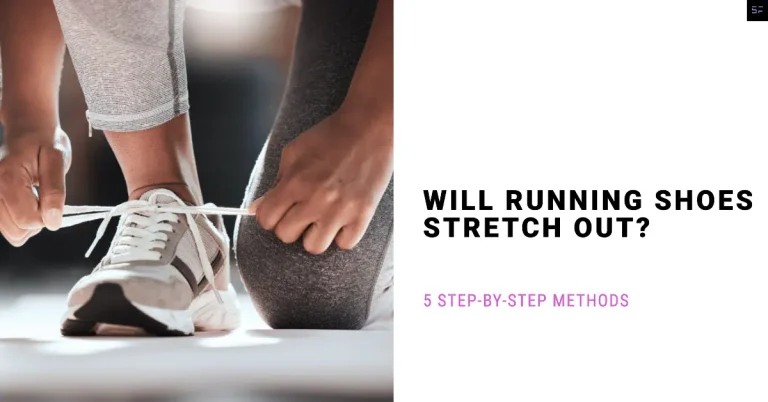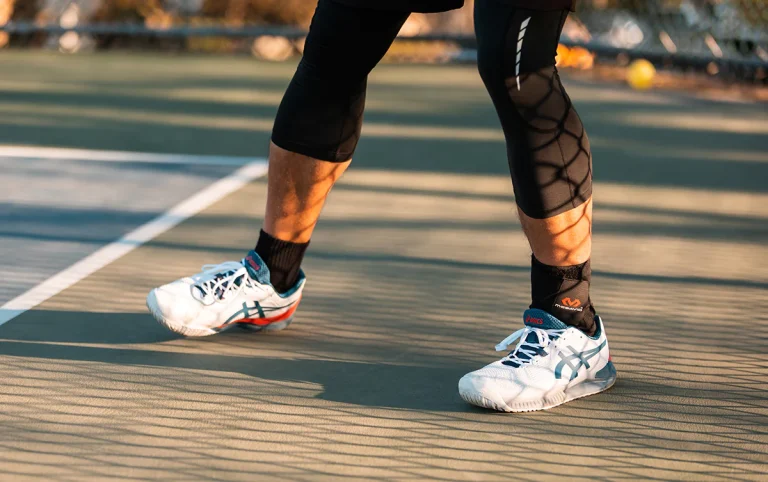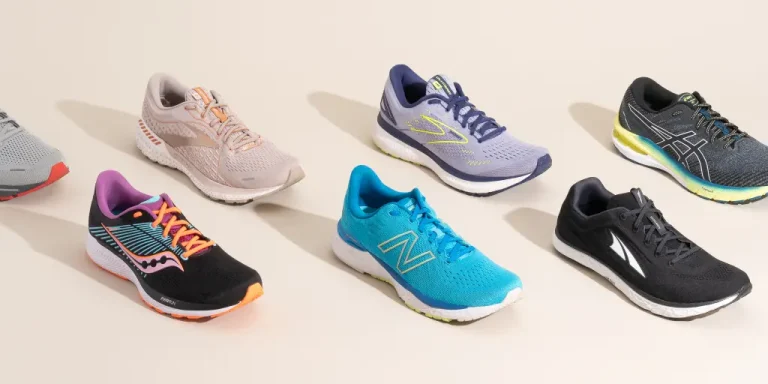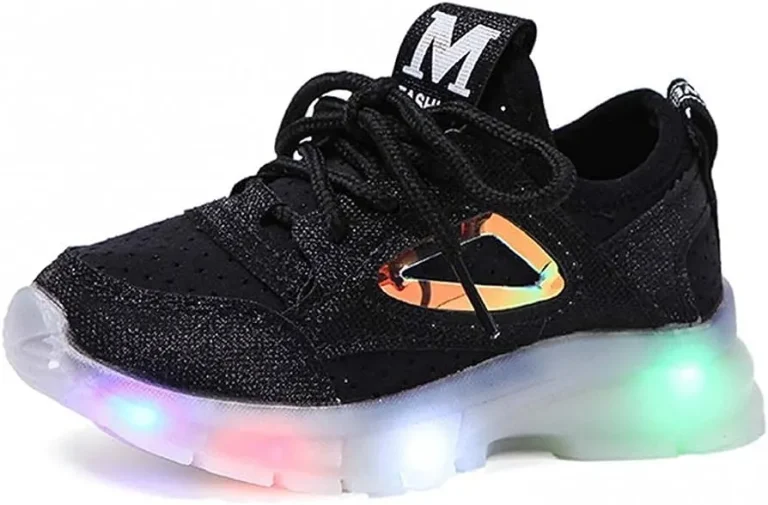How Long Do Shoes Take To Dry? Top Tips For Fast Dry
Welcome to our comprehensive guide on how long shoes take to dry. Whether you’ve accidentally stepped in a puddle, got caught in the rain, or simply washed your shoes, understanding the drying process is essential for maintaining their quality and longevity. In this article, we will explore the factors that influence drying time, provide practical tips to expedite the process, and offer guidance on preventing potential damage. By the end, you’ll have all the information you need to effectively dry your shoes and keep them in great shape.
Drying shoes properly is crucial to prevent damage and maintain their quality. The time it takes for shoes to dry depends on various factors, including the material, weather conditions, ventilation, and the extent of moisture saturation. Different materials, such as leather, canvas, or synthetic fabrics, have varying drying times. Additionally, humidity levels, temperature, and air circulation play a significant role in determining how quickly your shoes will dry.
Factors Affecting Drying Time
these factors, you can better estimate how long it will take for your shoes to dry. Here, we will discuss the key factors that influence drying time in easy English.
Shoe Material
Different shoe materials have different drying times. Leather shoes, for example, may take longer to dry compared to canvas or synthetic fabric shoes. This is because leather tends to absorb more moisture and requires more time to release it.
Weather Conditions
The weather plays a significant role in drying time. If it’s a humid day, the moisture in the air can slow down the drying process. On the other hand, if it’s a dry and sunny day, the shoes may dry more quickly.
Ventilation
Proper ventilation is crucial for drying shoes efficiently. Good airflow helps moisture evaporate faster. If your shoes are in a poorly ventilated area, such as a closed closet, it may take longer for them to dry.
Moisture Saturation
The extent of moisture saturation in your shoes affects drying time. If your shoes are only slightly damp, they will dry faster compared to shoes that are completely soaked. Removing excess moisture before drying can help speed up the process.
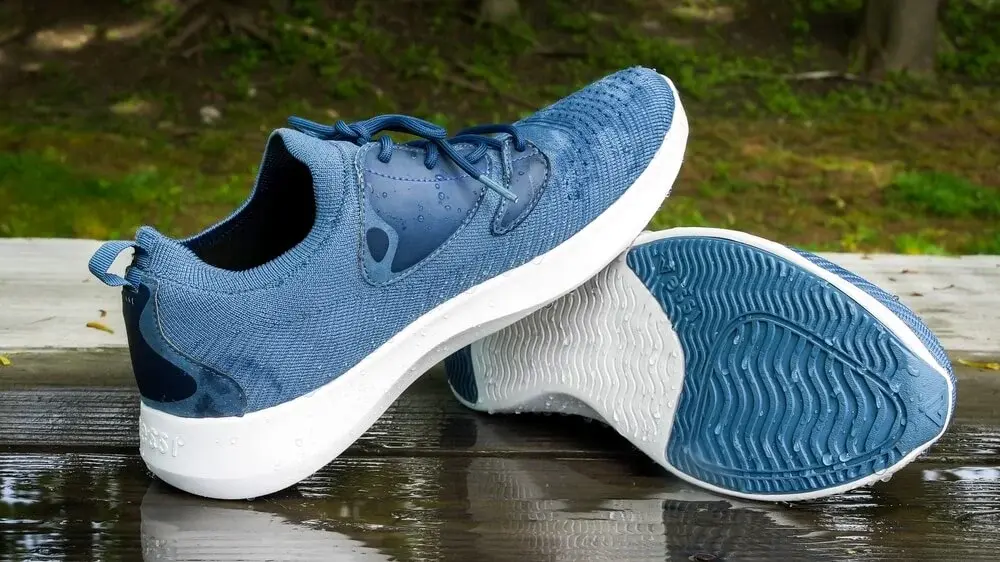
By considering these factors, you can get a better idea of how long it will take for your shoes to dry. Remember, patience is key, and rushing the drying process by using excessive heat sources can damage your shoes. Allow them to dry naturally in a well-ventilated area, and they will be ready to wear again in no time.
Related To: Best Running Shoes For Wide Feet: Top10 Picks
Related To: How To Get Spray Paint Off Of Shoes?
How Long Do Shoes Take to Dry
The drying time for shoes can vary depending on several factors. These factors include the material of the shoes, weather conditions, ventilation, and the extent of moisture saturation. Different shoe materials have different drying times, with leather shoes typically taking longer to dry compared to canvas or synthetic fabric shoes. Weather conditions, such as humidity levels and temperature, can also affect drying time.
Proper ventilation is crucial for efficient drying, as good airflow helps moisture evaporate faster. Additionally, the extent of moisture saturation in the shoes plays a role, with slightly damp shoes drying faster than completely soaked ones. It is important to be patient during the drying process and avoid using excessive heat sources, as this can damage the shoes. By considering these factors and allowing the shoes to dry naturally in a well-ventilated area, you can ensure they are ready to wear again in due time.
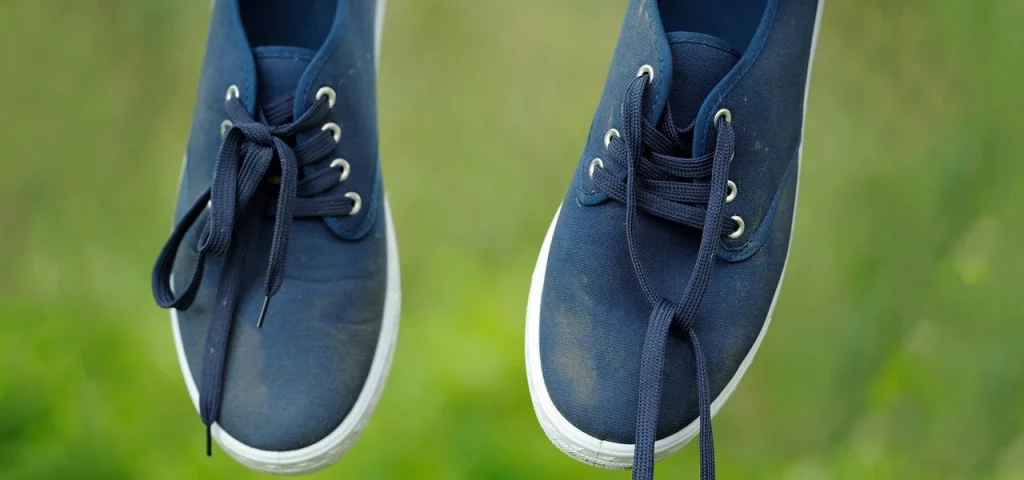
Best 5 Ways to Dry Shoes Fast
Drying shoes quickly is essential, especially when you need them ready to wear in a hurry. Here are the top five methods to dry your shoes fast,
Newspapers
Newspapers are a great tool for drying shoes quickly. Simply crumple up some newspaper and stuff it inside your damp shoes. The newspaper absorbs the moisture, helping to speed up the drying process. Leave the newspaper inside the shoes for a few hours or overnight, replacing it if necessary. The absorbent properties of the newspaper will draw out the moisture, leaving your shoes dry and ready to wear.
Dry Shoes with a Fan
Using a fan is an effective way to dry shoes fast. Place your damp shoes near a fan and turn it on. The airflow from the fan helps to evaporate the moisture, speeding up the drying process. Make sure to position the shoes in a well-ventilated area for optimal results. The fan method is simple, convenient, and suitable for various types of shoes.
Reusable dehumidifier bags
Reusable dehumidifier bags are a practical solution for drying shoes. These bags contain moisture-absorbing materials that help remove excess moisture from your shoes. Simply place the bags inside your damp shoes and leave them for a few hours or overnight. The bags will absorb the moisture, leaving your shoes dry and ready to wear. The best part is that these bags can be reused multiple times, making them a cost-effective and eco-friendly option for drying your shoes.
Parboiled rice
Parboiled rice can be used as a natural moisture absorber to dry shoes quickly. Fill a pair of clean socks with parboiled rice and tie the ends. Place these rice-filled socks inside your damp shoes and leave them overnight. The parboiled rice will absorb the moisture, helping to expedite the drying process. By morning, your shoes should be dry and ready to wear. This simple and affordable method is a great alternative to using heat sources and is suitable for various types of shoes.
Coarse Oat Flakes
Coarse oat flakes can serve as an effective moisture absorber for drying shoes. Fill a pair of clean socks with coarse oat flakes and tie the ends. Place these oat-filled socks inside your damp shoes and leave them overnight. The coarse oat flakes will help absorb the moisture, aiding in the drying process. By the next day, your shoe should be dry and ready to wear. This natural and affordable method is gentle on different shoe materials and provides a convenient way to dry your shoes without using heat sources.
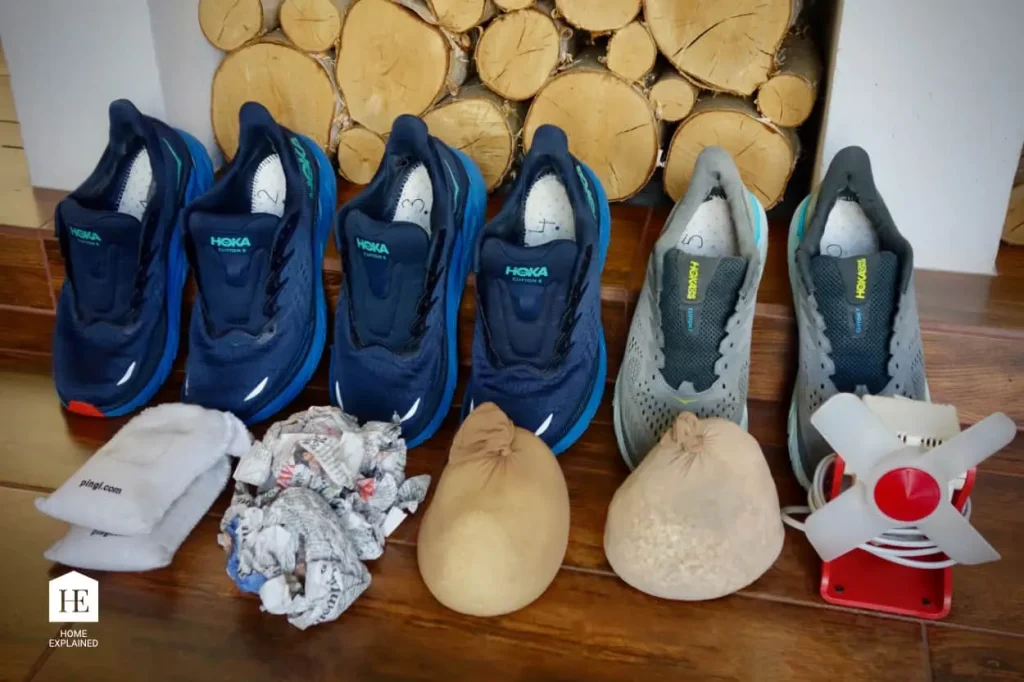
Preventing Shoe Damage and Odor
Taking proper care of your shoes not only extends their lifespan but also helps prevent damage and unpleasant odors. Here are some tips to keep your shoes in great condition:
Allow Shoes to Dry Completely
Always ensure your shoes are completely dry before wearing them again. Moisture trapped inside shoes can lead to mold, mildew, and deterioration of materials. Follow proper drying techniques and be patient during the drying process.
Clean and Condition Regularly
Regularly clean your shoes to remove dirt, stains, and odor-causing bacteria. Use appropriate cleaning methods based on the shoe material. Additionally, conditioning leather shoes helps maintain their suppleness and prevents cracking.
Use Moisture-Wicking Products
Consider using moisture-wicking socks or insoles to absorb sweat and moisture from your feet. These products help reduce odor and keep your shoes fresher for longer.
Rotate Your Shoes
Avoid wearing the same pair of shoes every day. Rotating your shoes allows them to air out and prevents excessive wear and tear. It also gives them time to fully dry between uses.
Store Shoes Properly
Store your shoes in a cool, dry, and well-ventilated area. Avoid storing them in plastic bags or closed spaces, as this can trap moisture and promote the growth of mold and mildew. Use shoe trees or stuff them with newspaper to help maintain their shape.
By following these preventive measures, you can keep your shoes in excellent condition, free from damage and unpleasant odors. Remember, proper care and maintenance go a long way in preserving the quality and longevity of your footwear.
Conclusion
Understanding how long shoes take to dry is crucial for maintaining their condition and ensuring they are ready to wear when you need them. Factors such as shoe material, weather conditions, ventilation, and moisture saturation all play a role in determining drying time. By considering these factors and following proper drying techniques, such as using absorbent materials, ensuring good air circulation, and avoiding excessive heat sources, you can expedite the drying process and prevent damage to your shoes.

